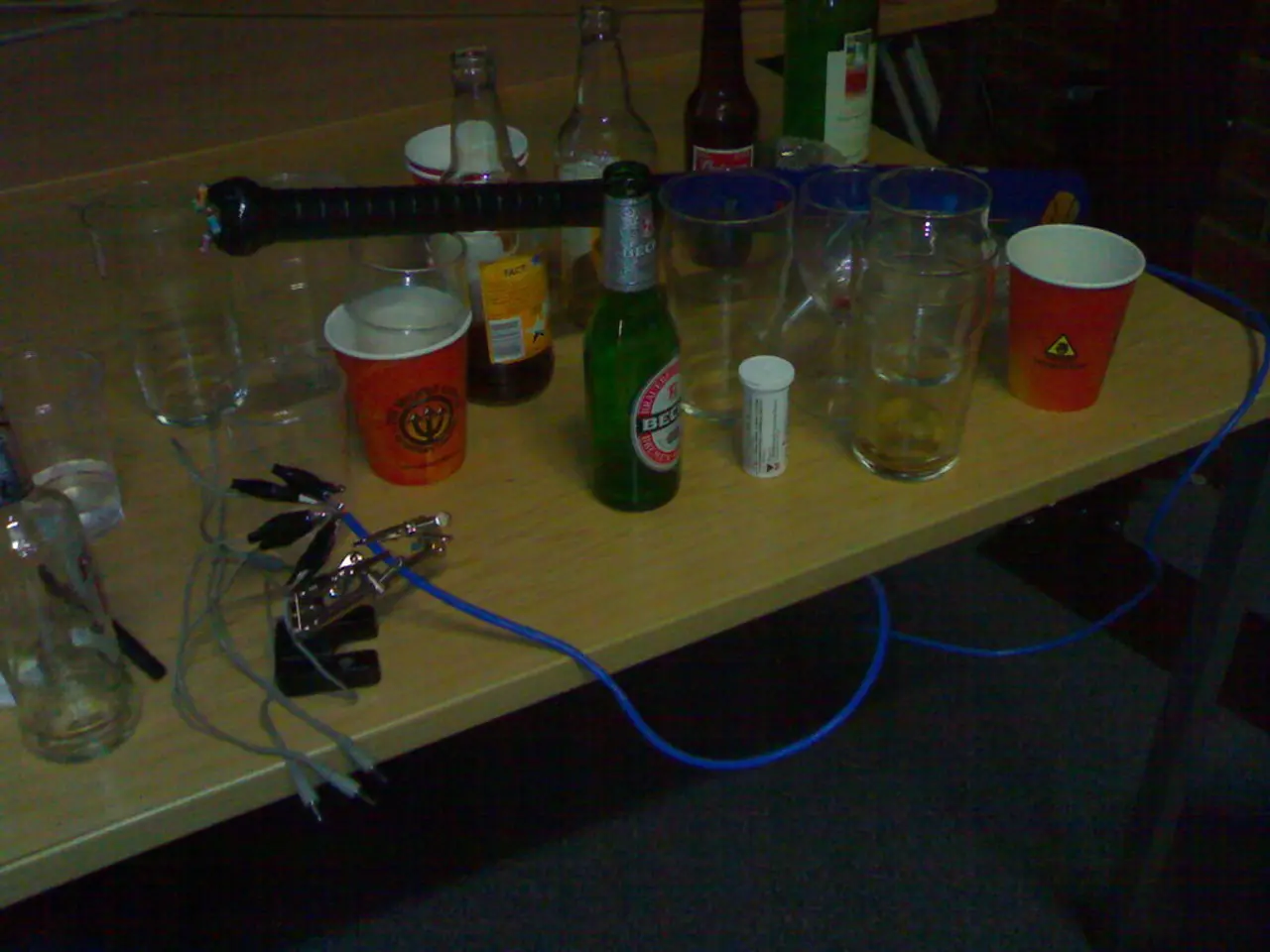Strategies for Powering Up Your Mobile Device During a Camping Adventure
In the great outdoors, keeping your devices charged can be a challenge. But fear not, for there are eco-friendly and portable power sources designed specifically for extended camping trips. The best options for charging your phone during long camping excursions are portable DC power stations paired with solar panels and compact solar chargers.
Portable DC power stations, such as the EcoFlow TRAIL Series, offer lightweight, efficient power without bulky AC components. These devices provide enough capacity (up to ~288Wh) for phones and other camping devices, with designs focused on portability and outdoor use.
For longer trips requiring multiple device charging, consider larger portable power stations like the Jackery Explorer 600 Plus or EcoFlow Delta 3 Plus (around 600-1000Wh). These quiet, gas-free, eco-friendly devices offer fast charging with multiple ports.
Solar panels paired with power stations are essential for extended trips to recharge power stations sustainably. A 100W solar panel can recharge a 300Wh station in 4–6 hours. Parallel solar panel setups increase wattage, reducing charge times. Panels should be tilted 30–40° and kept unobstructed for optimal performance.
Compact solar chargers, like the BigBlue SolarPowa 28 or Jackery SolarSaga 100, weigh under 2 lbs and efficiently charge phones directly off-grid, making them ideal for minimal gear or day hikes.
In summary, combining a mid-size portable DC power station with solar panels gives the best balance of portability, eco-friendliness, and sustained power for charging phones during extended camping. For minimalist needs, a high-efficiency solar phone charger alone is sufficient. This approach avoids fuels or noisy generators, aligning with eco-friendly goals while keeping devices reliably charged outdoors.
Remember to reduce screen brightness, put your phone in airplane mode, disable unnecessary alerts, and turn on battery saving mode to conserve battery life. Always ensure your power bank is fully charged before leaving and consider packing a backup for longer trips. Fast charging is supported by most car chargers, and they can power numerous small gadgets at once using chargers with multiple USB ports.
Jump starter packs are also a practical option for campers who value adaptability and emergency readiness. These portable devices can serve as powerful phone chargers and recover dead car batteries. Some jump starter packs come with built-in lamps and emergency equipment.
Whether you choose a portable DC power station, a solar charger, or a jump starter pack, staying powered up during your camping trips has never been easier or more eco-friendly. Happy camping!
[1] EcoFlow TRAIL Series: https://www.ecoflow.com/products/ecoflow-trail-lithium-ion-portable-power-station [2] Solar Panel Charge Times: https://www.solar-charger-guide.com/solar-charger-recharge-times.html [3] Jackery Explorer 600 Plus: https://www.jackery.com/products/explorer-600-portable-power-station [4] BigBlue SolarPowa 28: https://bigbluemarine.com/products/solarpowas [5] EcoFlow Delta 3 Plus: https://www.ecoflow.com/products/ecoflow-delta-3-portable-power-station
- During long camping excursions, portable DC power stations like the EcoFlow TRAIL Series are beneficial, as they provide lightweight, efficient power for devices such as smartphones and other camping gadgets.
- For the minimalist camper, compact solar chargers such as the BigBlue SolarPowa 28 or Jackery SolarSaga 100 can efficiently charge phones directly off-grid, making them ideal for day hikes or trips with minimal gear.




